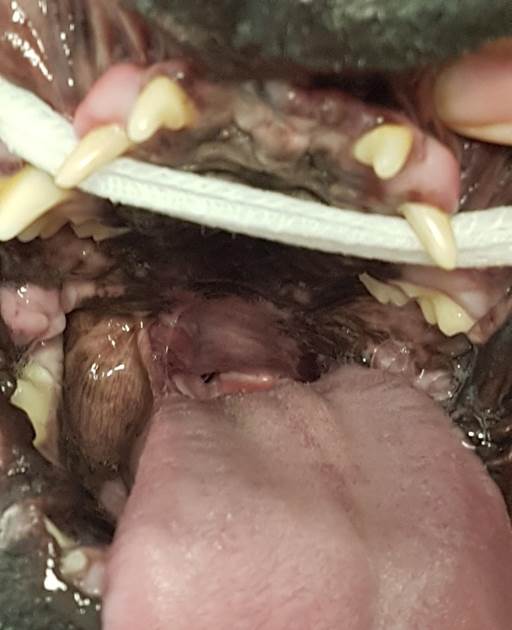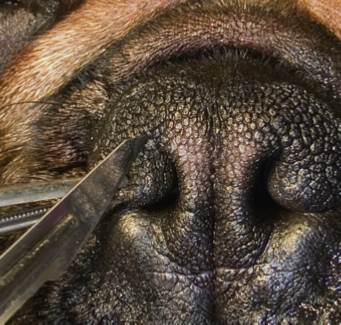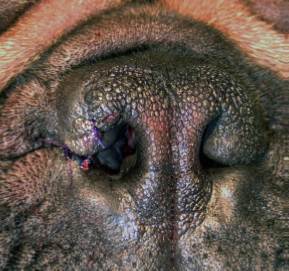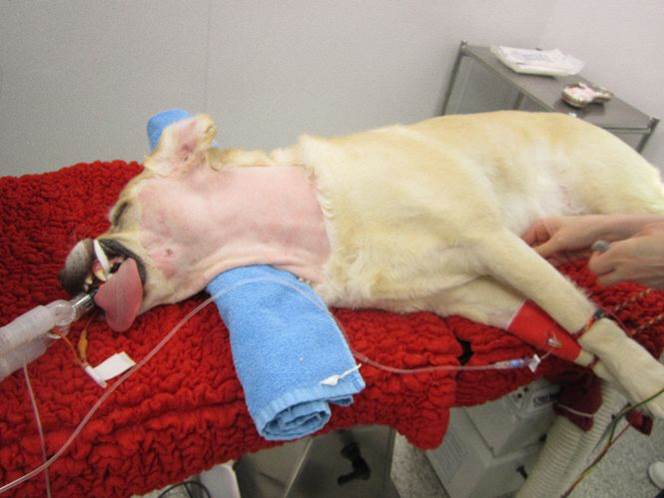Our Community
The Ralph CPD Digest – BOAS and Laryngeal Paralysis
This is an educational blog post for our veterinary colleagues.
With the summer in full flow, this month’s CPD evening focused on two relevant topics – Brachycephalic Obstruction Airway Syndrome (BOAS) and Laryngeal Paralysis in dogs. Our Head of Surgery, Dani McCready, led the presentation which covered the aetiology, diagnosis and management of these disorders. A summary of the key points and top tips highlighted within the session are provided below.
BOAS:
- Brachycephalic dogs have multiple respiratory conformational defects which can be classified as primary or secondary:
- Primary defects include stenotic nares, elongated soft palate, aberrant nasal/nasopharyngeal turbinates, and hypoplastic trachea
- Secondary defects include eversion of the laryngeal saccules (which is seen in 60% of cases) as well as laryngeal collapse
- Gastrointestinal disease is commonly seen in patients with BOAS. This is either due to the excessive negative airway pressures or the presence of concurrent diseases such as hiatal hernia (which has been reported in up to 40% of cases)
- There are 3 essential steps of assessment:
- Clinical examination is required to identify the primary and secondary defects and any concurrent diseases such as pulmonic stenosis
- Visual airway inspection
- Diagnostic imaging eg. thoracic radiographs, CT

Examination of the airways shows the soft palate well beyond the tip of the epiglottis. It gets sucked into the larynx during inspiration.
- Trigger factors such as high temperature, overexertion, stress and obesity can cause decompensation and acute respiratory tract obstruction. The initial management should consist of: cooling, sedation, corticosteroids and oxygen supplementation. If insignificant improvement is noted then consider a temporary tracheostomy though this is rarely needed.
- Conventional surgical management includes vertical wedge naroplasty, staphylectomy/folding flap palatoplasty and laryngeal sacculectomy. Laser assisted turbinectomy (LATE) for aberrant turbinates is frequently used in man. However, there are very few studies reporting the use and outcome of this treatment in BOAS. Therefore the standard use of this treatment is currently not recommended.

Vertical wedge naroplasty using a #11 blade.

Vertical wedge naroplasty. Post-surgery.
- Investigations and surgical correction should be performed under one general anaesthetic to reduce complications.
Laryngeal Paralysis:
- Laryngeal paralysis is the failure of the arytenoids to abduct during inspiration. This can be caused by either damage to the vagus nerve or the cricoarytenoideus dorsalis muscle (which is the only abductor of the larynx).
- The most common cause of laryngeal paralysis is idiopathic, however mediastinal/cervical masses, trauma, endocrinopathies as well as polymyopathies have been reported as causes of laryngeal paralysis.
- It is now a common belief that laryngeal paralysis is part of a generalised polyneuropathy. This can lead to megaoesophagus as well as lower motor neuron deficits in the hindlimbs. The presence of other neurological abnormalities leads to an increase in post-operative complications
- A less invasive unilateral cricoarytenoid lateralisation is the surgical technique of choice. Disarticulation of the cricothyroid junction will result in more distortion of the larynx and subsequent aspiration pneumonia. Accurate placement of one or two nonabsorbable sutures through the dorsocaudal aspect of the cricoid and muscular process of the arytenoid cartilages is essential.

Unilateral cricoarytenoid lateralisation Tip: Placing a sandbag under the neck makes the larynx more superficial.
- Post-operative aspiration pneumonia can occur in up to 20% of cases. The use of metoclopramide perioperatively does not reduce this risk.
Keen to learn more? Stay tuned for the video of the full CPD session, which will be posted on our website very soon.
For more details on our upcoming CPD events, please visit our Events page.
Thank you for reading our blog!
Take care,
Team Ralph
